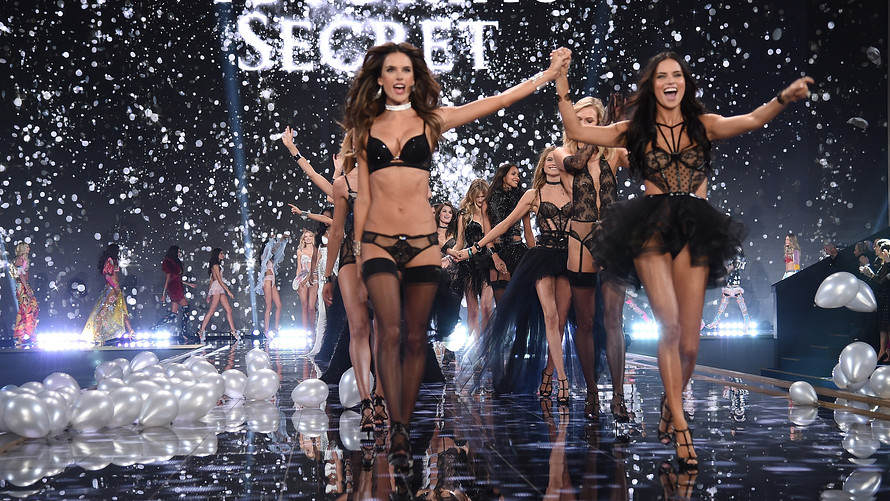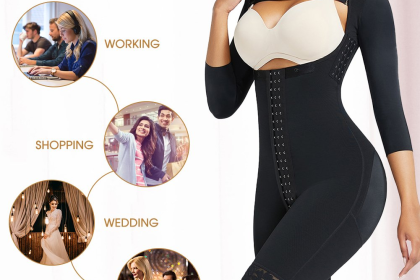
Victoria’s Secret sells women’s underwear, but the target demographic for its marketing is men.
The L Brands Inc. LB, +3.97% lingerie chain has faced a host of problems in recent quarters that are affecting sales and same-store sales. It’s also facing increased competition from large companies like American Eagle Outfitters Inc.’s AEO, +0.00% Aerie brand and Urban Outfitters Inc. URBN, +1.14% , and changing tastes, with bralettes coming into fashion.
In recent weeks, L Brands has cut its full-year guidance and has announced that it will shutter its luxury department store chain, Henri Bendel, including the website.
MarketWatch reached out to L Brands for comment, and will update this story with any response.
Shares are down nearly 51% for the year so far while the SPDR S&P Retail ETF XRT, +0.37% has gained 13.8%, the Amplify Online Retail ETF IBUY, +0.79% has gained 29.6%, and the S&P 500 index SPX, +0.54% has rallied 8.6%.
Executives from online women’s underwear sellers that MarketWatch spoke with say they are finding success and snapping up share with a different approach: offering women product benefits and marketing messages that have been part of the men’s underwear business for ages. Comfort and performance are at the heart of what these companies are selling, and the message resonates with modern, busy women of all shapes and sizes.
Younger women, they say, are opening the door to this new way of selling women’s underwear.
“When you look at Victoria’s Secret marketing, they continue to do the runway show,” said Catalina Girald, founder of Naja, a socially-conscious lingerie brand aimed at millennials. The Victoria’s Secret Runway Show used to be marketing gold for the brand. Lately, ratings have slipped.
“That’s not what the customer wants to see,” said Girald. “If you go back, underwear was a functional garment. It was meant to hold you up. It wasn’t meant to be a sexual thing.”
Naja is one of a number of women’s underwear brands that have launched in recent years. It shares a few features with other companies that have popped up: they are run by women (L Brands’ CEO is a man, Leslie Wexner), they emphasize inclusion in their sizing and marketing, and they treat women’s underwear as a personal, everyday fashion issue rather than just a tool of seduction.
Girald says “performance-oriented” items made with cotton and synthetic fibers are on-trend as they provide sweat-wicking and structure without the use of underwires.
“We’ve seen a sharp drop in thong sales,” she said, noting that they’re worn to eliminate panty lines, but also because they’re sexy. “We’ve taken them off the site. What most women want today is comfort.”
Trend experts at WGSN back up what Girald and others in the industry are saying. They identify two key movements impacting the lingerie business: comfort and body positivity.
“Comfort has become an integral element of lingerie design,” said Jo Lynch, lingerie editor at WGSN. “Soft bralettes and sports inspired bras continue to grow in popularity and consumers have become more conscious of the restrictive feel of underwires, padding and structured silhouettes.”
And one need only look at the recent Savage X Fenty runway show during New York Fashion Week to see just how far the body-positive movement has come. Launched by pop singer Rihanna, the show featured two pregnant models and was cheered on social media.
